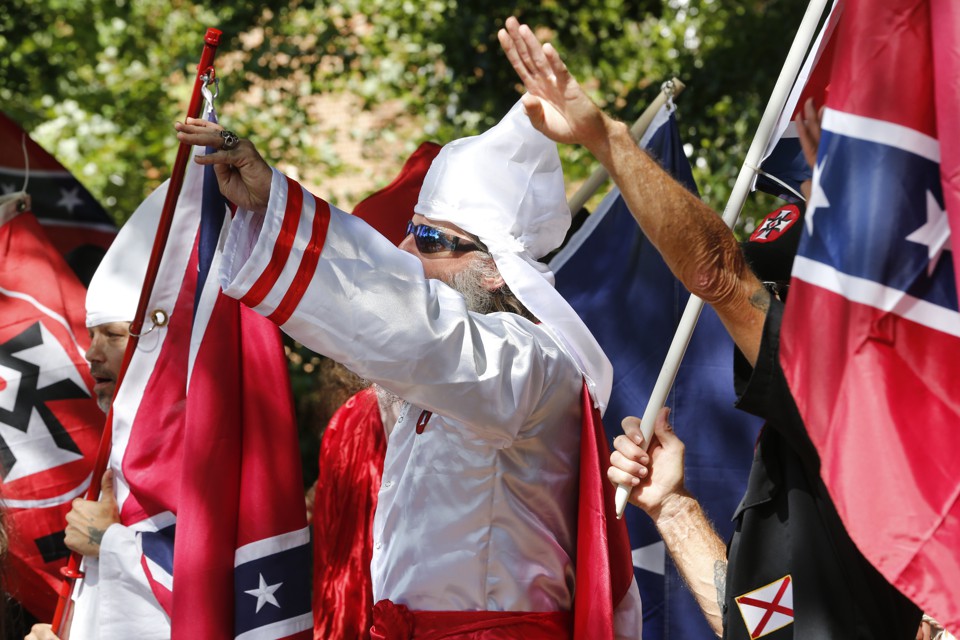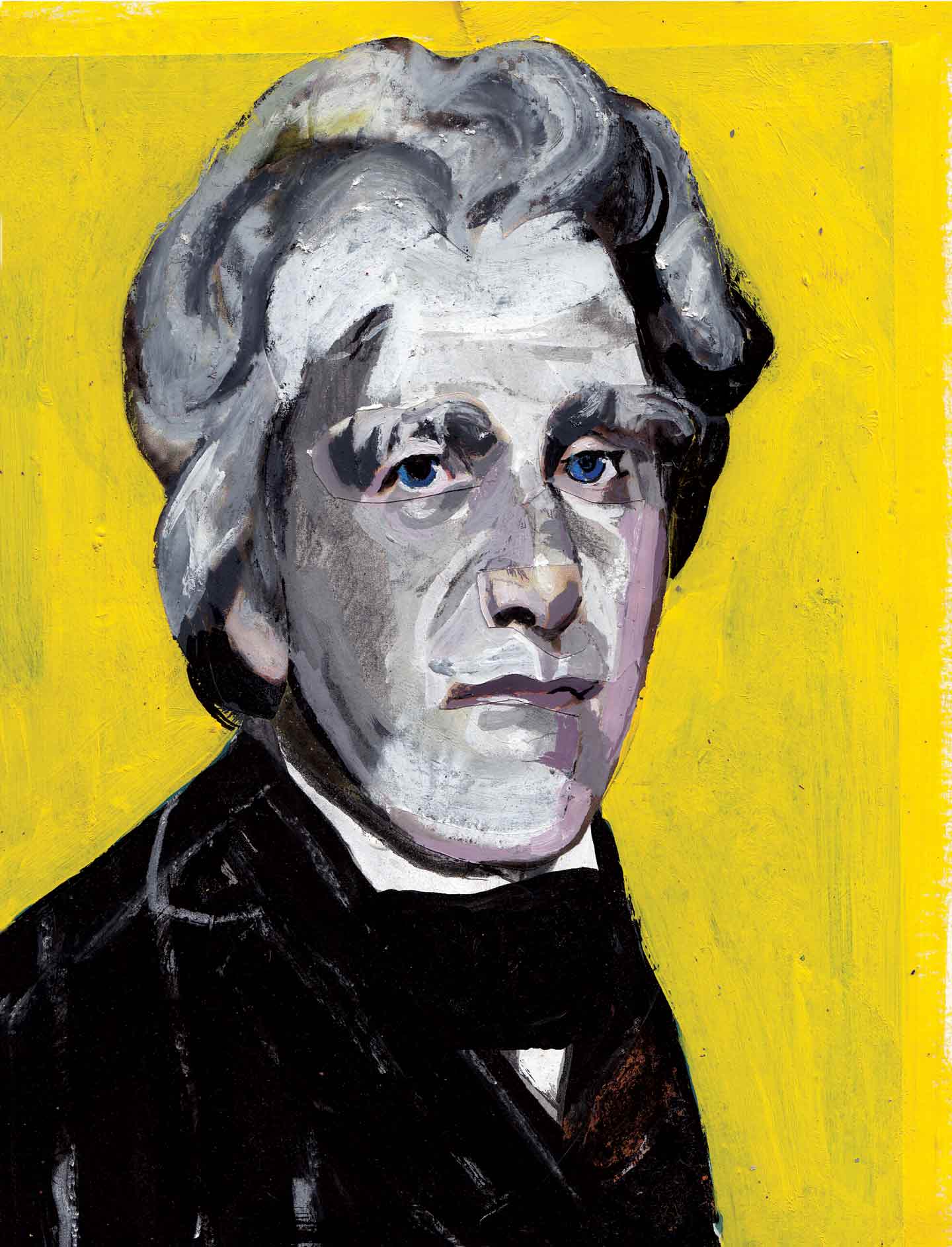The arrival of Donald J. Trump feels like the completion of the cycle I was writing about in the early George W. Bush years. It is all too easy to get caught up in the moment, though fears are understandably high, and not think about the deep-seated anomalies and contradictions in the body politic that have brought America to the cusp of out-and-out fascism. Even if Trump’s policies turn out in the end to be not as fearsome as he has repeatedly stated, his explicit persona and policy positions take us very far out of the realm of normal democracy. It has become fashionable lately to excuse George W. Bush for being a “moderate” in comparison with Trump, but it should not be forgotten that Bush was the original American fascist; everything Trump, or a future would-be authoritarian, might do is predicated on the radical innovations Bush introduced in our political style, subverting the constitution and changing the balance between liberty and security in ways that have had permanent impact.
Democracy Gone Astray
Democracy, being a human construct, needs to be thought of as directionality rather than an object. As such, to understand it requires not so much a description of existing structures and/or other related phenomena but a declaration of intentionality.
This blog aims at creating labeled lists of published infringements of such intentionality, of points in time where democracy strays from its intended directionality. In addition to outright infringements, this blog also collects important contemporary information and/or discussions that impact our socio-political landscape.
All the posts here were published in the electronic media – main-stream as well as fringe, and maintain links to the original texts.
[NOTE: Due to changes I haven't caught on time in the blogging software, all of the 'Original Article' links were nullified between September 11, 2012 and December 11, 2012. My apologies.]
Monday, August 28, 2017
The Ugly, Violent Clichés of White-Supremacist Terrorism
Smoke dissolving into a night sky. Bright light from torches reflected on faces. Those faces stretched into snarls. The images out of Charlottesville, Virginia, on Friday and Saturday are unsettling—but also pathetic, also exasperating—for their boring timelessness. There’s little less original than white racists shouting in the heat. Everybody’s seen the shape of these crowds; everybody knows the list of their grievances. The “Unite the Right” rally, with its secondhand slogans—“blood and soil,” “Jew will not replace us”—and its hand-me-down flags was still less shocking given Charlottesville’s recent history. Back in May, Richard Spencer, America’s latest smirking white supremacist, led a march of the so-called alt-right on the city. Just last month, members of the Ku Klux Klan took their turn. More regrettable visual clichés: stars and bars, tear gas and riot masks. Both groups claimed as inspiration another image, as old and iconic, in its way, as their cause: the form of Robert E. Lee astride his horse. Charlottesville’s city council voted to sell the statue of the general that stands at Lee Park, renamed Emancipation Park, and the ensuing chaos—a summer-long reactionary tantrum—has yet to wane.
When Does a Fringe Movement Stop Being Fringe?
Suddenly, the “far right” doesn’t seem so far. On Friday night, hundreds of protesters descended on a statue of Confederate hero Robert E. Lee in Emancipation Park in Charlottesville, Virginia. Carrying tiki torches, waving Confederate battle flags, and sometimes armed with clubs and shields and flanked by self-styled militiamen with heavier arms, the protesters, described by many as “white nationalists,” brawled with counter-protesters in Charlottesville streets, a situation that led Virginia Governor Terry McAuliffe to declare a state of emergency Saturday.
The Two Andrew Jacksons
This spring, a mere 172 years after his death, Andrew Jackson was back in the news. In March, Donald Trump made a quick visit to the Hermitage, the once-sprawling plantation that our seventh president had outside of Nashville. Jackson, Trump declared, was “the People’s President,” a man who “shook the establishment like an earthquake.” Several weeks later, Trump gave an interview in which he made the bizarre claim that Jackson “was really angry that he saw what was happening with regard to the Civil War,” and went on to tweet that Jackson “would never have let it happen” if he’d still been sitting in the White House.
Gulf Government Gave Secret $20 Million Gift To D.C. Think Tank
The United Arab Emirates is on pace to contribute $20 million over the course of 2016 and 2017 to the Middle East Institute, one of Washington’s leading think tanks, according to a document obtained by The Intercept. The outsized contribution, which the UAE hoped to conceal, would allow the institute, according to the agreement, to “augment its scholar roster with world class experts in order to counter the more egregious misperceptions about the region, inform U.S. government policy makers, and convene regional leaders for discreet dialogue on pressing issues.”
The Largest Fascist Rally in Recent Memory Is Expected This Week—It Must Be Challenged
The August 12 "Unite the Right" rally in Charlottesville, Virginia, looks like it will be the largest organized racist demonstration in recent memory. But that's not the only reason it is important. First, while there have been dozens of far-right rallies since Trump's election, this will be the first major, national rally run by the alt-right's openly white nationalist wing. Second, after months of arguments, this is also an opportunity for a large swath of progressives to come together in opposition to the far right.
Russian surveillance plane soars over the Pentagon, Capitol and other Washington sights
A Russian surveillance plane soared through secure airspace over Washington on Wednesday, presumably collecting intelligence as it traveled near the Pentagon, the Capitol and other government buildings, two U.S. officials said.
The Russian Air Force Tupolev Tu-154 aircraft made the flight through the Treaty on Open Skies, which Russia, the United States and 32 other nations have signed. The treaty established criteria under which countries can make unarmed observation flights over the soil of other treaty members in an effort to promote transparency and international arms control efforts, according to the State Department.
The Russian Air Force Tupolev Tu-154 aircraft made the flight through the Treaty on Open Skies, which Russia, the United States and 32 other nations have signed. The treaty established criteria under which countries can make unarmed observation flights over the soil of other treaty members in an effort to promote transparency and international arms control efforts, according to the State Department.
Subscribe to:
Comments (Atom)






